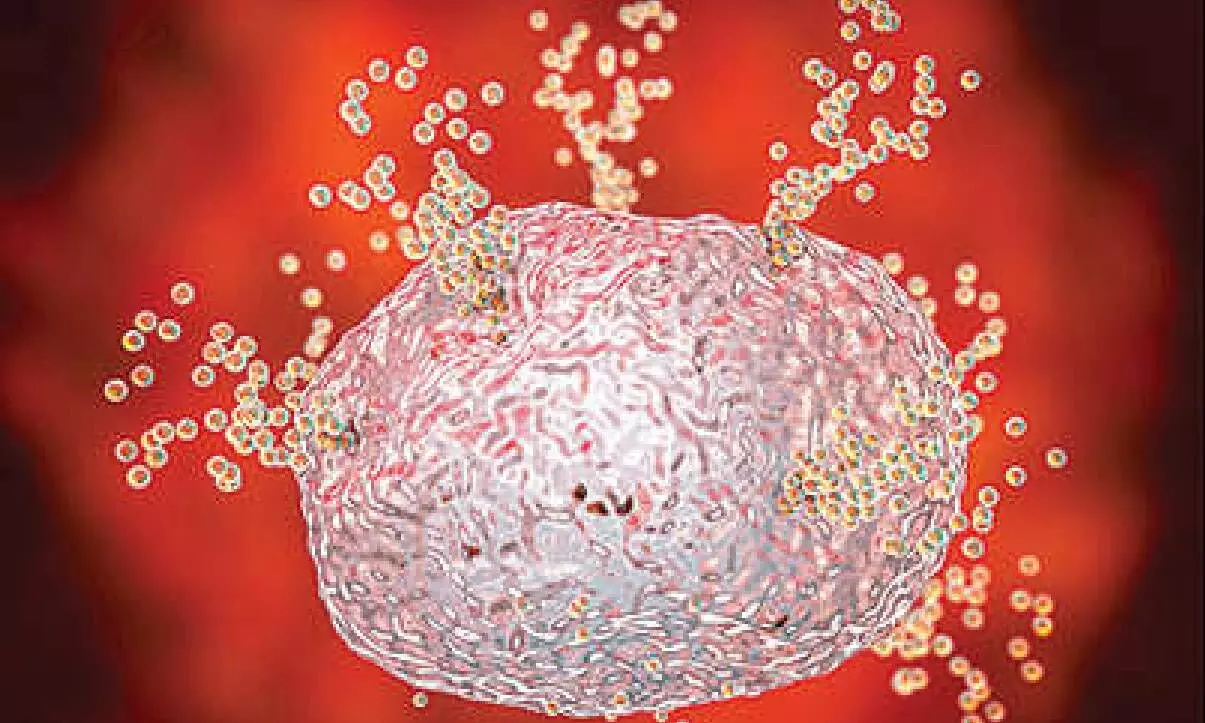Nerve cells contribute to allergy in different tissues
A team of scientists has discovered a feedback loop centred on a single immune protein called that both causes urge to itch and dials back nearby inflammation
image for illustrative purpose

New York In a breakthrough that could transform how doctors treat conditions from eczema to allergies, a team of scientists has discovered a feedback loop centred on a single immune protein called that both causes the urge to itch and dials back nearby inflammation.
The discovery could eventually change how asthma, Crohn’s and other inflammatory diseases are treated, due to the protein’s — called IL-31 — presence throughout the body.
The findings by scientists at university of California San Francisco (UCSF), published in the journal Science Immunology, lay the groundwork for a new generation of drugs that interact more intelligently with the body’s innate ability to self-regulate.
Previous approaches suggested that IL-31 signals itch and promotes skin inflammation.
But the UCSF team discovered that nerve cells, or neurons, that respond to IL-31, triggering a scratch, also prevent immune cells from overreacting and causing more widespread irritation.
“We tend to think that immune proteins like IL-31 help immune cells talk to one another, but here, when IL-31 talks to neurons, the neurons talk right back,” said Marlys Fassett, UCSF professor of dermatology and lead author of the study.
“It’s the first time we’ve seen the nervous system directly tamp down an allergic response.”
IL-31 causes itch in the skin, but it’s also in the lung and in the gut, said Mark Ansel, UCSF professor of immunology and senior author of the study.
“We now have a new lead for fighting the many diseases involving both the immune and nervous systems,” he added. IL-31 is one of several “itch cytokines” because of its ability to instigate itch in animals and people.

